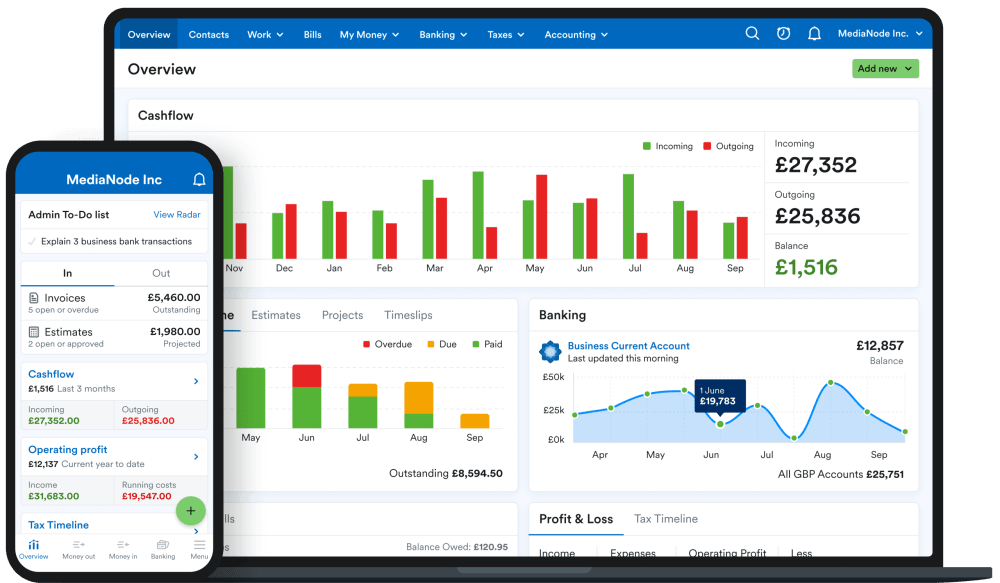Employee National Insurance: what you need to know
National Insurance is money paid to HMRC by employees, employers and the self-employed. Paying Class 1 employee National Insurance contributions entitles you to receive certain state benefits. You can find out more about National Insurance on our accounting glossary.
How to pay Class 1 National Insurance contributions
As an employee (if you’re a limited company director, this includes you) your Class 1 National Insurance contributions will be deducted from your salary payments by your employer (the company) every time payroll is run.
National Insurance payments for self-employed people
Class 1 National Insurance contributions are only for employees who receive a salary. If you are self employed you will not pay Class 1 National Insurance contributions but you may pay Class 2 and Class 4 National Insurance instead.
Previous Class 1 National Insurance rates for employees
| 2025-26 | |
|---|---|
| Between the Primary Threshold and the Upper Earnings Limit | 8% |
| Above the Upper Earnings Limit | 2% | 2024-25 |
| Between the Primary Threshold and the Upper Earnings Limit | 8% |
| Above the Upper Earnings Limit | 2% | 2023-24 (from 6th January 2024) |
| Between the Primary Threshold and the Upper Earnings Limit | 10% |
| Above the Upper Earnings Limit | 2% | 2023-24 (before 6th January 2024) |
| Between the Primary Threshold and the Upper Earnings Limit | 12% |
| Above the Upper Earnings Limit | 2% | 2022-23 (from 6th November 2022) |
| Between the Primary Threshold and the Upper Earnings Limit | 12% |
| Above the Upper Earnings Limit | 2% | 2022-23 (before 6th November 2022) |
| Between the Primary Threshold and the Upper Earnings Limit | 13.25% |
| Above the Upper Earnings Limit | 3.25% | 2021-22 |
| Between the Primary Threshold and the Upper Earnings Limit | 12% |
| Above the Upper Earnings Limit | 2% |
Previous Class 1 National Insurance thresholds for employees
| 2024-25 | |
|---|---|
| Lower earnings limit | £533/month |
| Primary threshold | £1,048/month |
| Upper earnings limit | £4,189/month | 2024-25 |
| Lower earnings limit | £533/month |
| Primary threshold | £1,048/month |
| Upper earnings limit | £4,189/month | 2023-24 |
| Lower earnings limit | £533/month |
| Primary threshold | £1,048/month |
| Upper earnings limit | £4,189/month | 2022-23 |
| Lower earnings limit | £533/month |
| Primary threshold | £1,048/month |
| Upper earnings limit | £4,189/month | 2021-22 |
| Lower earnings limit | £520/month |
| Primary threshold | £797/month |
| Upper earnings limit | £4,189/month | 2020-21 |
| Lower earnings limit | £520/month |
| Primary threshold | £792/month |
| Upper earnings limit | £4,167/month |
